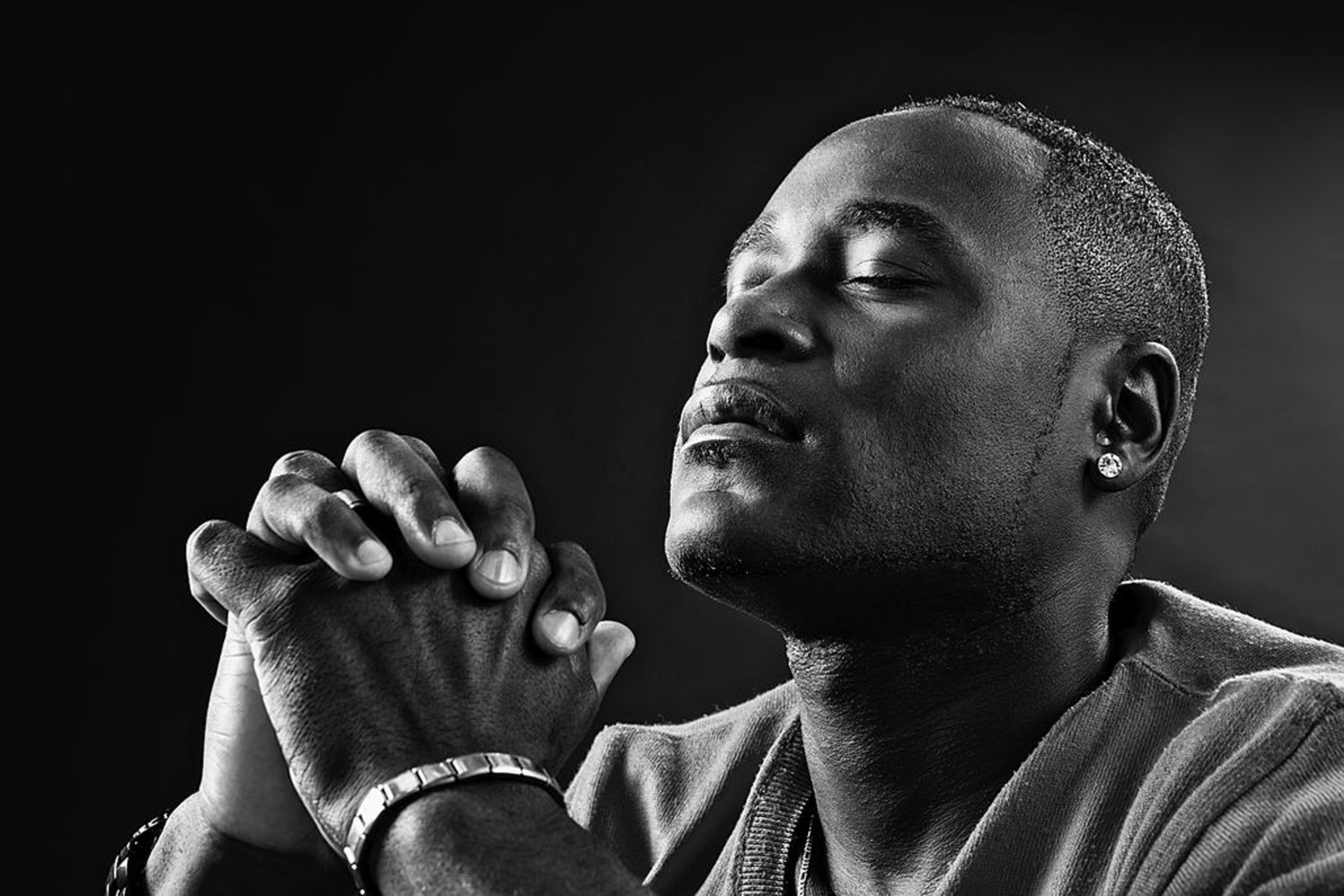God’s friends can see his face

A person’s face reveals a lot about their character
What you need to know:
FYI. A person’s face reveals a lot about their character. To seek one’s face is to seek their presence, but how does one seek God’s face? Msgr. John Wynand Katende reveals.
We love to see our loved ones, face-to-face. The scriptures describe Moses and God as good friends. They would spend a lot of time in conversation in the wilderness, and came to know each other very well. Then one time, Moses asked to see God in His glory. But God explained to him, “You cannot see my face, for man cannot see Me and live.” (Exodus 33:18-23).
This is why the Jews do not allow images of God and reject all forms of representations of God, even though the neighboring nations adored images of idols in different temples (Exodus 20:4). Something that is made, and then worshipped, is effectively that person’s ‘god’ (idolatry).
But, later, during the episode of the Ten commandments, we are told that Moses saw God “face-to-face”! (Exodus 33:11). This contradicts John 4:24: “God is spirit, and those who worship Him must worship in spirit and truth.” Indeed, Moses God allowed Moses to only see His back (Exodus 33:19-23). The expression “seeing God face to face” highlights the fact that Moses was a holy man, an intimate friend of God and privileged to be in His presence.
Like Moses, we long to see God’s face. Psalms 27 and 42, express this desire very well, even among Israelites. God answered our desire when His Son became like us and dwelt among us (John 1:14). “It is the very fact that Jesus was fully human and fully God that makes Jesus our savior” (Titus 2:14).
One day, Jesus said to Philip, “Have I been so long with you, and yet you have not come to know Me, Philip? He who has seen Me has seen the Father; how can you say, ‘Show us the Father’? (John 14:9). “I and the Father are one.” (John 10:30). On Mt. Tabor, Christ manifested His Face and His glory before Peter, James and John, before entering into His Passion (Mt 17, 2).
In Genesis 2:18, God says that He made us in His image and likeness. God is love; if we love one another, His image is reflected in us. God fully manifests Himself in the human face of Jesus. Jesus invites us to His face in the faces of those we meet, especially the needy (Matthew 25).
With the precedent of God making visible images of Himself, believers have made and continue to make different images of God. Humans ascribe traits to God that help fulfill their relevant motivations and needs. People who lack control in their lives tend to see God as more powerful and influential; a form of compensatory control.
People who feel threatened by conflict conceptualize God as more authoritarian and punitive. People with a strong need for a secure attachment tend to view God as more loving and provident. Conservatives may visualize an older, sterner, and more masculine God. Liberals may visualize a younger, merciful, tolerant and more feminine God.
Artworks of God’s image have been very well articulated in the inspirational Psalms of King David, the beautiful fine art of Michelangelo, the Christian classic music of Handel, and many other artists. The images transcend their natural appearance and lead us into God’s presence and holiness. The cross/crucifix is a sign both of Christ Himself, of God’s love and atoning sacrifice. Other sacred images include Christ the Good Shepherd and Christ the King. God’s prophets observed these mental pictures, which were images but not physical human-to-God encounters.
In order to see God, we must be absolutely pure of heart/holy (Matthew 5:8). In order to visualize/contemplate the face of Jesus, we do well to pray the Scriptures and the Mass (Luke 24:13-35).
Did you know?
Cardinals wear the colour red which indicates their willingness to sacrifice themselves usque ad sanguinis effusionem, that is, to the point of sheding their own blood, in the service of the Successor of Peter, and even though they reside in the remostest regions of the world, they become the titular of a parish in the Eternal City so that they are incardinated in the Church of which the Pope is Bishop.
understanding to the public life of Jesus. They fill in the blanks between the childhood of Jesus and His suffering and death on the cross.
• The Sorrowful Mysteries remind us of how much Jesus loves us. They recall how He suffered and died just for us.
• The Glorious Mysteries tell us what happened after Jesus died-His Resurrection, the descent of the Holy Spirit and the love Jesus had for his Mother





